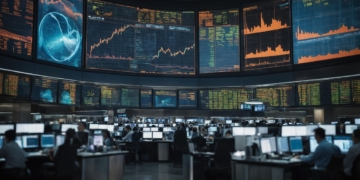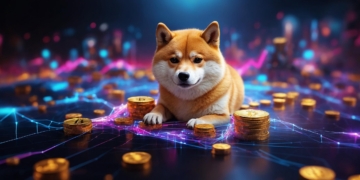Role of NFTs in Asset Tokenization
The process of transforming real goods into digital assets using blockchain technology is known as NFT tokenization or asset tokenization. The process involves selecting an item for tokenization, validating its value, digitizing the object, and creating a unique, non-fungible token to represent asset ownership. NFTs may then be sold or exchanged on blockchain networks, giving asset owners additional ways to extract value from their physical assets.
Exclusive Access: Unlock Premium, Confidential Insights
Unlock This Exclusive Content—Subscribe Instantly!











































